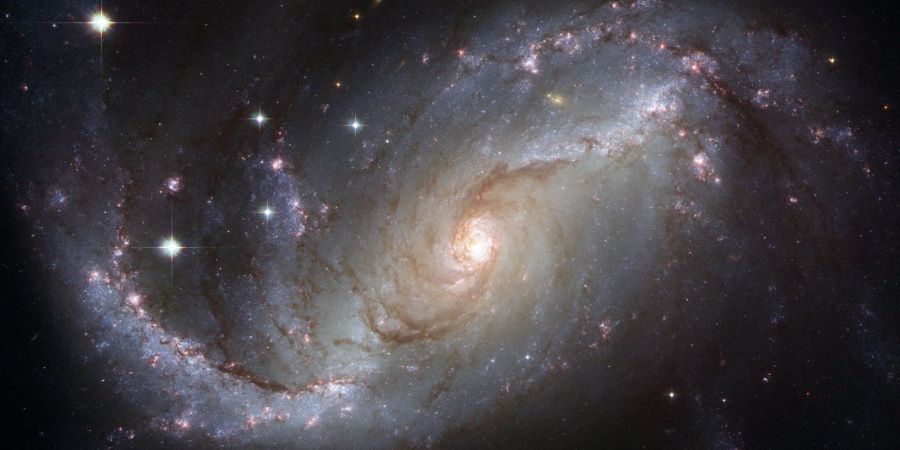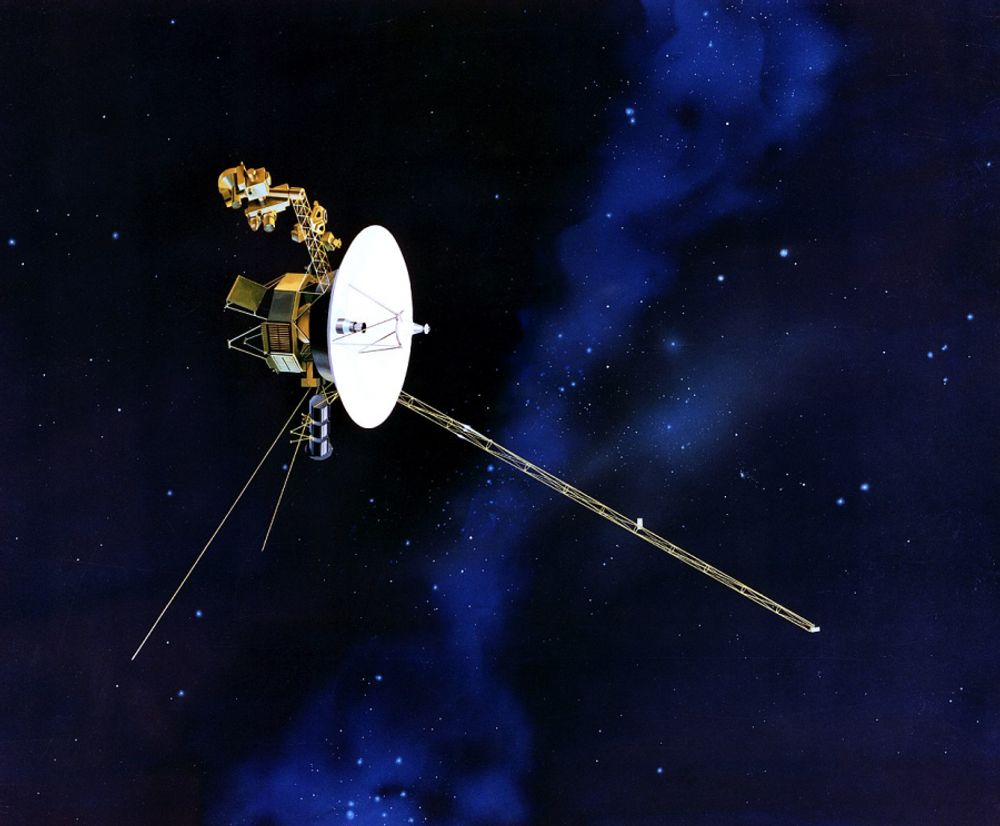

Although we have made progress in our investigations beyond Earth, space remains mostly a mystery to us. It never ceases to excite us, from close to Earth to far off in space. Here are some interesting space facts that we think you should be aware of.

Neil Armstrong put his left foot down on the moon's surface more than 50 years ago, and his footprints are still visible today. They might live there undisturbed for millions of years because there is no wind, water, or weather to disrupt them.
It would be impossible to land on Jupiter, Saturn, Uran, or Neptune, four of the gas giants in our solar system. A gas giant typically consists of hydrogen and helium and has a small, rocky centre, despite its unusual composition.

Voyager 1 and 2 are space probes that were both launched in 1977 and have been orbiting the sun for nearly 44 years.
As of right now, Voyager 1 is the farthest object built by humans from Earth, having travelled 152.5 AU from our sun. It entered interstellar space in 2012.
In a process known as cold welding, two pieces of the same metal will be drawn together to create a single item if they come into contact in space. However, in order for the pieces to combine into one, the oxide layer that covers metal would need to be removed.

The first interstellar object (ISO), known as Oumuamua (from the Hawaiian word for "scout"), was discovered in 2017. It is a tiny, red object that evolved in a different star system and is no bigger than 167 metres in width and 1,000 metres in length. In the late 2030s, it will re-enter interstellar space after travelling approximately 500 million miles annually.
Hypothetically, that’s true. Saturn’s less dense than water which means that if put in a very large bowl of water, it would float. However, as Saturn is a gaseous planet, placing it in water would probably just dissolve the gases and its small rocky center would sink to the bottom of the bowl.

Jupiter is not only our solar system's largest planet, but it also has the most moons orbiting around it. 79 moons have been found so far, including Ganymede, the largest moon in the solar system with a diameter of 5,268 kilometres (3,273.4 mi).
At an average pace, it would take more than 83,000 hours, or 9.5 years, to walk the 400,000 kilometres (250,000 miles) to the moon.

From a distance, the vivid blue colour of the massive exoplanet HD 189733 b may appear attractive, but its climate is dangerous. As a result of silicate particles in the air and winds that can reach 8,700 kph (5,400 mph), it rains molten glass in a sideways motion.
Depending on how empty it is, space varies in temperature. The huge distances between atoms make it difficult for heat to be transported, which brings life to a near-standstill.
Vacant spaces often have temperatures of -270.15 C (-457.87 F). The temperature, which was recorded at -273.15 C (-459.67 F), is not too far from the zero point in the universe.

The sun is so big that a million Earths could fit inside of it. It makes up 99.8% of the mass of our entire solar system and, through the force of its gravity, keeps everything there together, from the tiniest particles to the largest planets. The star would be impossible to stand on despite its enormous mass because it is merely a ball of heated gas.
With nearly 6,000 satellites orbiting our globe, things are getting very crowded up there. However, only around 40% of these are actually in use.
According to astronomers, there is one black hole for every thousand stars in the universe. That results in a really astronomical amount of 10 quadrillion (or 10 followed by 15 zeros) black holes in the entire universe, taking into account the typical number of stars in a galaxy and the estimated number of galaxies in the observable universe.
